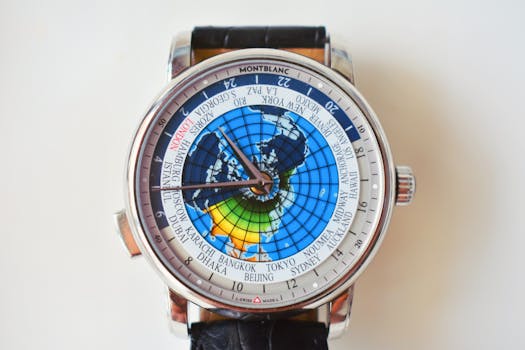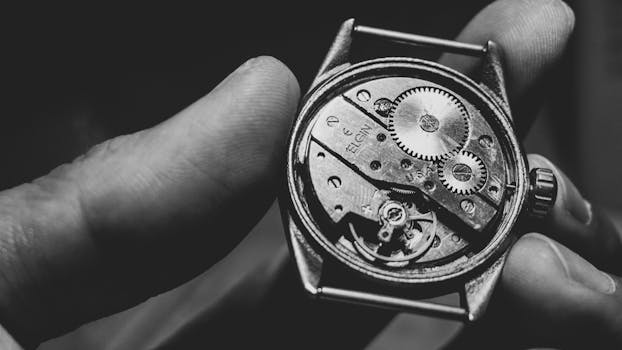Introduction to Watch Movements
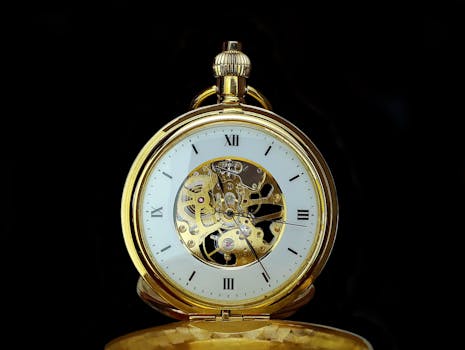
Watches are not only accessories that adorn our wrists; they are amazing feats of engineering that encapsulate rich histories in horology. Watch movements, the mechanisms that drive watches and keep time, are often regarded as the heart of wristwatches. Understanding the nuances of different watch movements can significantly enhance your appreciation for these elegant timepieces.
1. Mechanical Movements
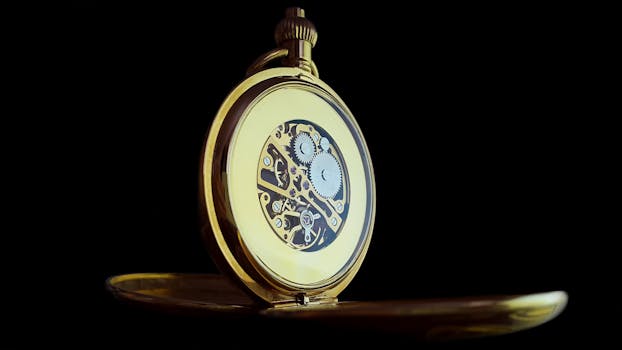
Mechanical movements are renowned for their craftsmanship and traditional origins. These movements are powered by a complex system of gears and springs, eliminating the need for any battery. The mechanism operates through a mainspring, which, when wound, stores energy and gradually releases it to regulate timekeeping.
Types of Mechanical Movements:
- Manual Mechanical: Requires manual winding by the wearer to maintain power.
- Automatic (Self-Winding): Winds itself through the natural motion of the wearer’s wrist, making it a convenient choice for everyday use.
Mechanical watches are treasured by collectors for their artistry and precision, becoming hencepiece items that reflect personal style.
2. Quartz Movements
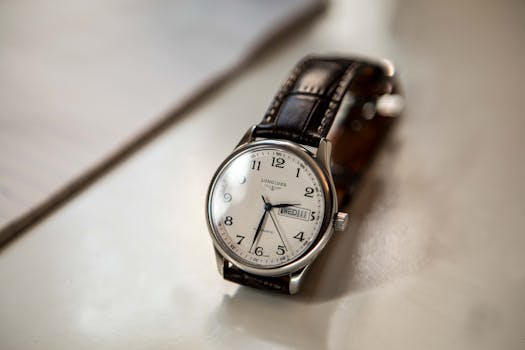
Quartz movements represent one of the most significant developments in modern watchmaking, introduced in the late 20th century. They use a small quartz crystal to keep time and are powered by batteries. The quartz crystal vibrates at a precise frequency when electrified, ensuring highly accurate timekeeping.
One of the standout benefits of quartz watches is maintenance simplicity. Battery life generally spans several years, requiring less care and offering reliability in everyday tasks.
Due to their accuracy and affordable production costs, the quartz movement has made watches accessible to a global audience, becoming wildly popular across generations.
3. Hybrid Movements
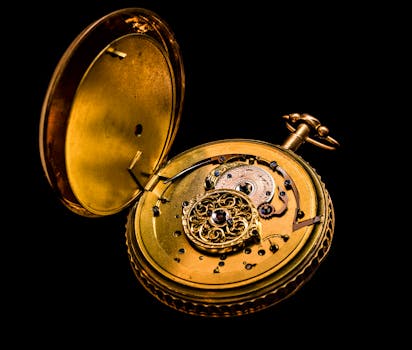
Hybrid movements combine characteristics of both mechanical and quartz watches. One common configuration features a mechanical movement that’s complemented by quartz technology, offering both the artistry of traditional watchmaking and the efficiency of quartz. These timepieces give wearers a unique fusion of craftsmanship and precision, appealing to those who appreciate both forms of movement.
The advent of smartwatches represented another evolutionary hybrid movement point. These devices blend traditional watch displays with modern technology footprints; however, they also integrate wearables with varied functionalities monitoring health, connectivity, and navigation, pushing the limits of conventional watch expectations.
4. Other Thoughtful Variations
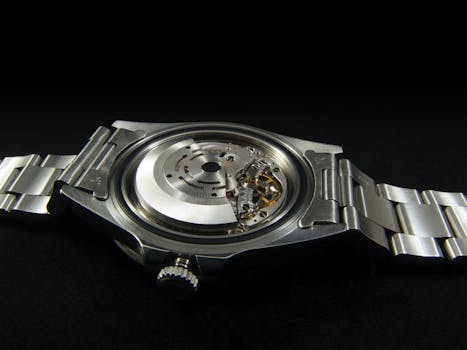
The watchmaking industry is with numerous specialized movements enhancing novelty. Some notable examples include:
- Tourbillon: A complex and intricate mechanism designed to improve accuracy by counteracting the effects of gravity, generally reserved for luxury watchmaking.
- Chronograph: A multifaceted adjustment enabling a watch to function as a stopwatch, beneficial for sports and various professionalí scenarios.
- Perpetual Calendar: A feature allowing a mechanical watch to automatically adjust for leap years, which a craftsman’s effort represents in enduring watchmaking innovation.
Conclusion
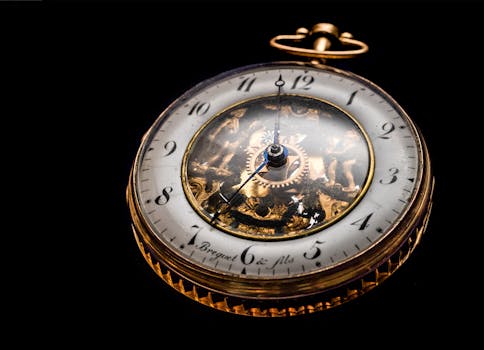
Exploring the different types of watch movements—mechanical, quartz, and more—invites both enthusiasts and casual wearers to unlock a fascinating world where artistry, engineering, and quality converge. Whether you are captivated by the intricacy of mechanical pieces or appreciate the precision technology of quartz watches, every type carries unique stories reflective of their makers’ vision and insight. Dedication to these collections continues to promote innovation and preservation rooted in timekeeping’s historical transformation, tendering reflections on our relationship with time across generations.
Takeaways:
- Understanding different watch movements enhances appreciation for timepieces.
- Mechanical movements provide traditional craftsmanship, while quartz emphasizes efficiency.
- Hybrid developments fuse the best of both worlds, reflecting modern-day demand.
